Introduction
Almost any interaction with customer touchpoints leads to the creation of valuable data. This is parsed for useful information and then makes a journey to become marketing wisdom. Accurate information is vital for any retailer as they hold the key to targeting potential buyers. Equally important is targeting those shopping with competitors or showing a lesser inclination to complete the purchase. Therefore, it becomes the magic ingredient for customer retention.
What if we were to add a geographical quotient to the targeting parameters? Location-based targeting opens up tremendous possibilities for microtargeting and hyper-personalized messaging, ultimately translating to elevated customer experiences.
What is Geo-Targeting?
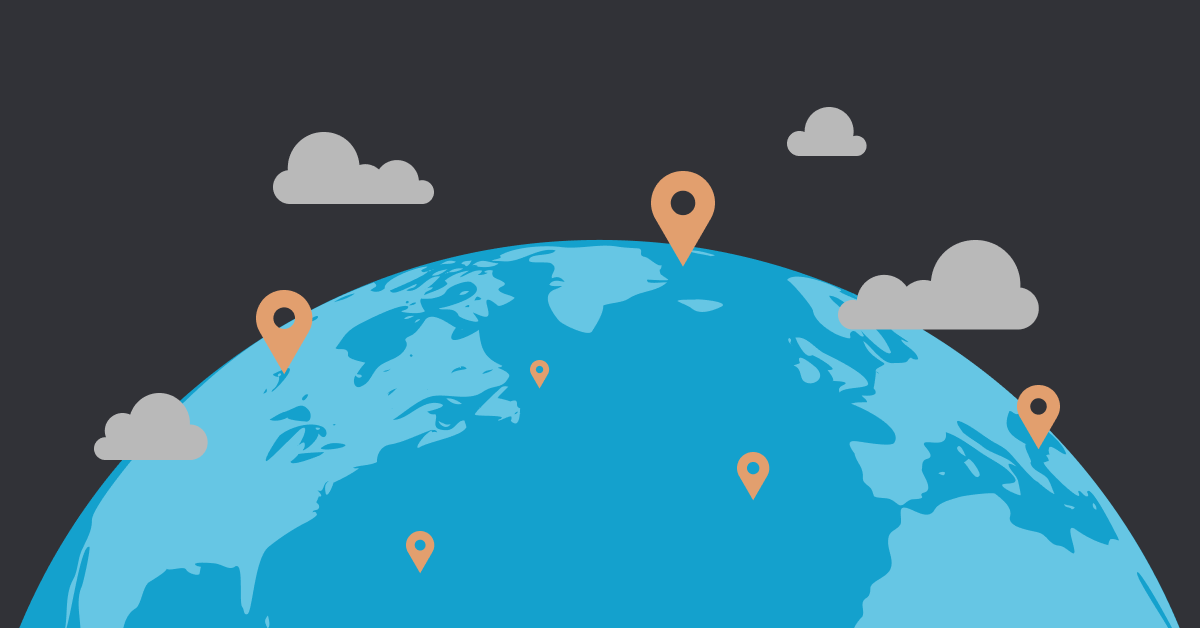
Geo-Targeting is one of the location-based targeting tools used by marketers to create hyper-personalized messaging for shoppers. In fashion retail, this involves location tracking software to determine variables such as geography, climate, culture, and traditional behaviors. Ultimately, this helps to design messaging that is curated as contextual and relevant for the shopper. At its finest, location-based targeting options like geo-targeting can create which work as precepts to create personalized offers, shopping reminders, and messages to check out new stock for anybody in the vicinity. It can be used effectively to notify a localized shopper about the availability of a particular color or size they have missed earlier in their shopping experience.
Geo-Targeting: Tailored for You
Large fashion houses with brick-and-mortar outlets worldwide use geo-targeting to deliver tailored messages such as promotions or coupons, hyper-personalized push notifications, and emailers to alert customers about new stores and optimize store placement and inventory management. This involves Data analytics, especially from smartphones, laptops, and IoTs, to develop targeting that takes into account customer behaviors, local tastes, and preferences.
This is important as eighty-five percent of consumers still prefer to purchase products in-store while other shoppers like to try in-store before buying online.
At WebEngage, our geo-targeting capabilities are combined with the Customer Data Platform, a unified platform for customer data collected from touchpoint interactions and presented for analyzing and converting into tailor-made and contextual engagement messaging.
Use Cases for Geo-Targeting in Fashion Retail using CDP
How do Customer Data Platforms with Geo-Targeting capabilities help with targeting potential shoppers in fashion and retail? Let us take some use cases to explain its benefits:
A. Let Style Find Your Customers: Geo-targeted In-Store Offers
Location data has made push notifications and emailers 80% more effective, as 92% of smartphones are capable of geofencing today. Sephora does this particularly well with its store companion feature. As their customers near their physical store, the app notifies their purchase history, product recommendations, limited offers, and store news. Apart from improving customer satisfaction,
WebEngage’s marketing automation tool enables the creation and distribution of micro-targeted messaging to be delivered to customers through omnichannel integrations.
B. Discovering Rewards Anywhere: Location-Based Loyalty Unleashed
Loyalty programs can be fitted with geo-targeting abilities. Shopper’s Stop uses this feature effectively and has been successfully running its loyalty program to retain buyers and design intimate shopping experiences for them. Louis Vuitton is also known for designing luxurious and intimate experiences for its loyal customer base with season-based notifications and attractive physical store displays.
With WebEngage’s unified data platform or CDP, you can create behavioral segments. This in turn can be used for precise customer targeting with push notifications, emailers, SMSes, to encourage customers to shop more and deliver elevated shopping experiences.
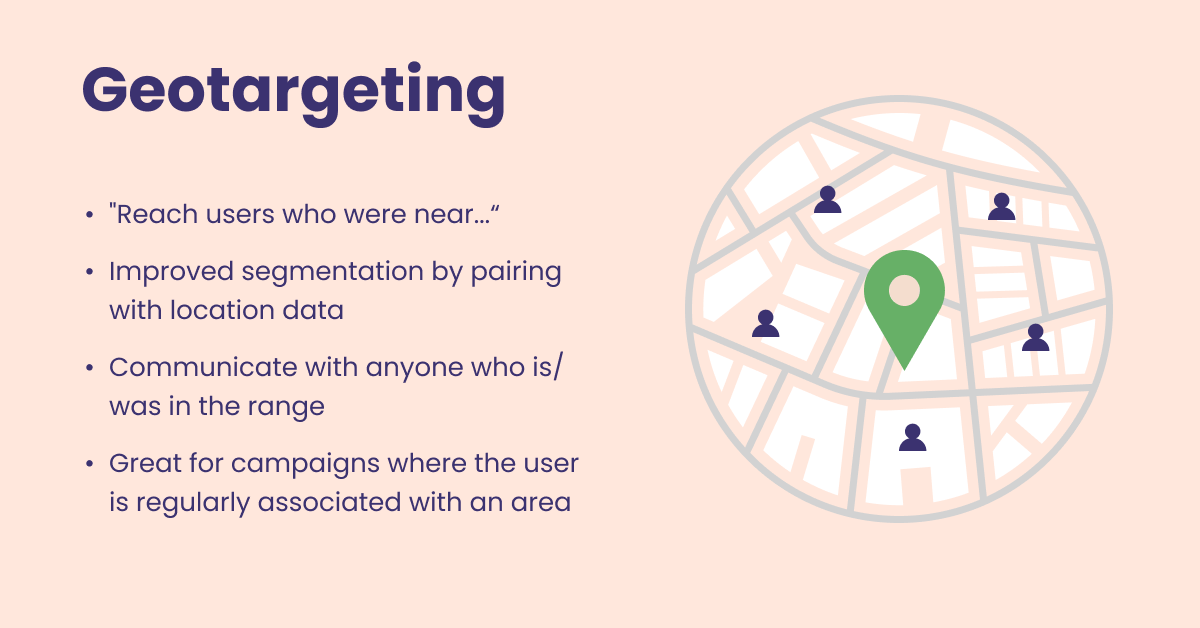
C. Your Exclusives, Now Unveiled with Targeted Push
Using proximity monitoring, you can tailor messages according to the location of the user. This is easy using WebEngage’s Journey Designer which monitors customer content gathering to omnichannel delivery. This ensures that all customer touchpoints are conversing fluently with each other and the end user gets a seamless and engaging experience.
D. Geo-Magic: Elevate Style with Cross-Sell Picks
Imagine a fashion retailer that has both an online store and physical brick-and-mortar locations. Through geo-targeting, the retailer identifies customers who frequently visit a specific physical store in a city known for its diverse weather conditions. During a period of cold weather, the retailer identifies customers from the targeted location through their online platform. Based on the weather conditions, the retailer cross-sells relevant items such as winter coats, scarves, and gloves to customers who have previously shown an interest in summer clothing or other seasonal items.
WebEngage keeps abreast with behavior changes by updating its data-gathering and sorting tools, which are useful in creating flexible cross-selling messaging.
Benefits of Geo-Tracking for the Fashion Retail Industry

Challenges and Considerations
- Privacy concerns: Geo-Targeting involves collecting data from various sources. Brands must traverse the thin line between data privacy and hyper-targeting with care to make sure geo-targeting practices align with regional and international privacy laws like GDPR and CCPA.
- Opt-In issues: Geo-Targeting depends on users sharing their location data. There should be transparency, trust-building, and clear communication about the benefits they’ll receive in return.
- Dynamic Consumer Behaviour: With the constantly evolving consumer behavior, it is a challenge to keep up with shifting consumer preferences and expectations.
Conclusion
The future landscape of location-based marketing in the fashion industry is poised for significant transformation, driven by advancements in technology and changing consumer behaviors. Artificial intelligence and machine learning algorithms will play a crucial role in deciphering real-time data, enabling brands to deliver targeted promotions and content seamlessly. Furthermore, integrating geospatial technologies, such as location-based augmented reality applications, could revolutionize the in-store experience, offering customers personalized styling suggestions based on their immediate surroundings. The future promises a more immersive connection between brands and consumers, enhancing online and offline shopping experiences.
To explore exciting possibilities of geo-targeting to set your brand apart, book a free demo with us!































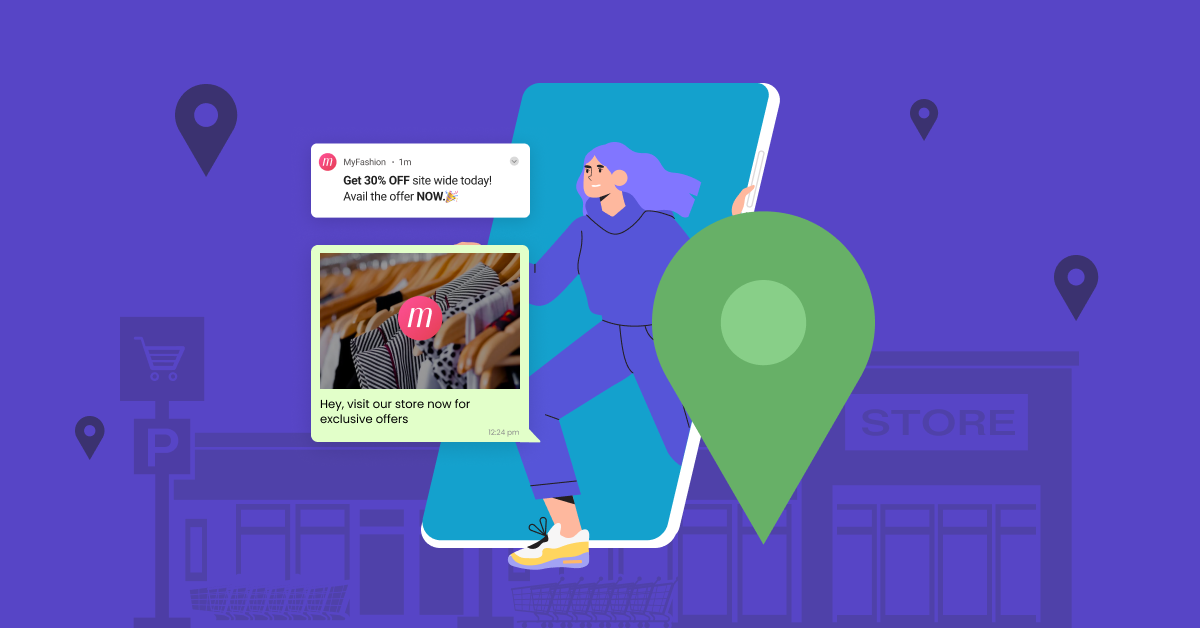

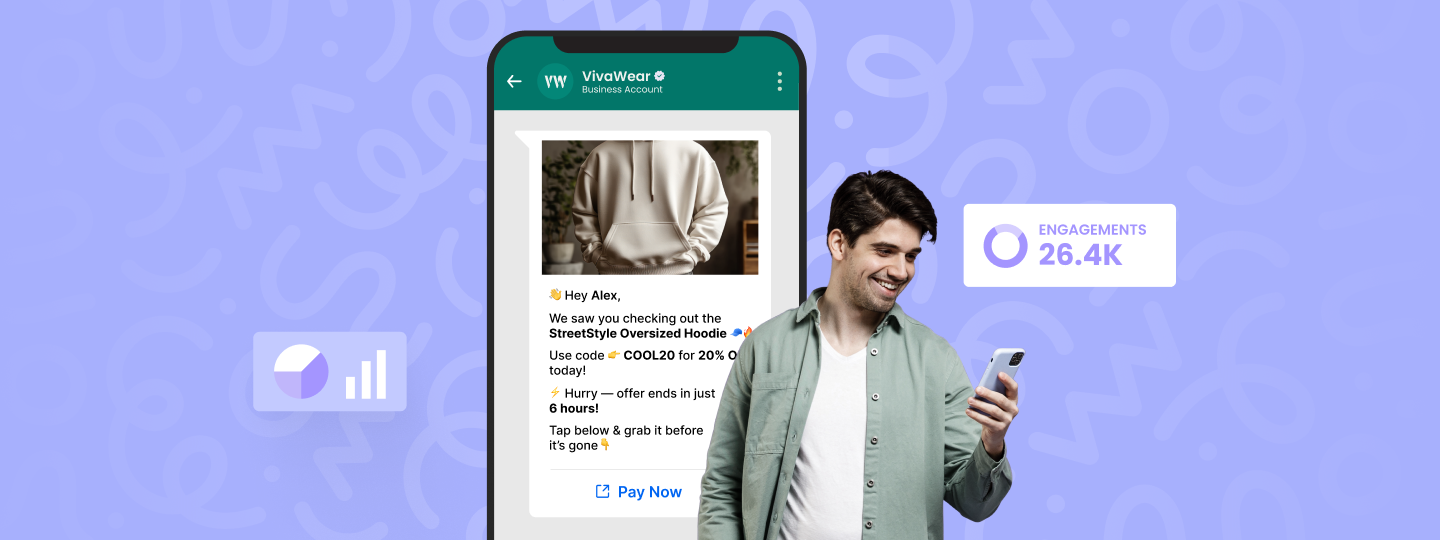
 Prakhya Nair
Prakhya Nair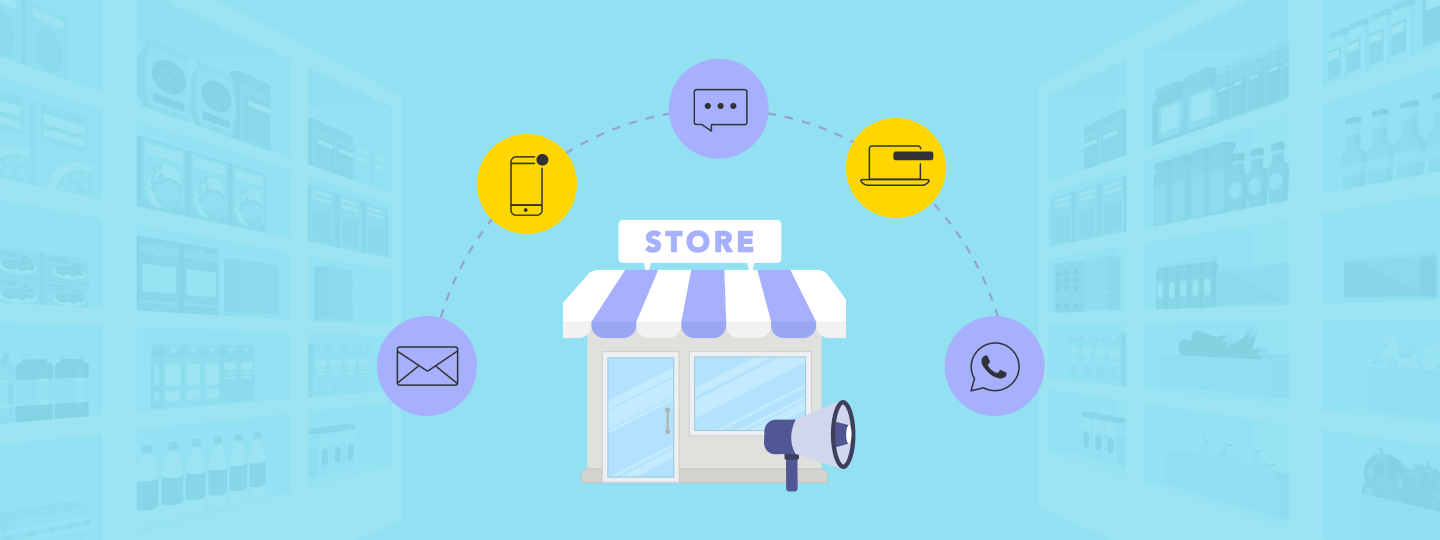

 Dev Iyer
Dev Iyer